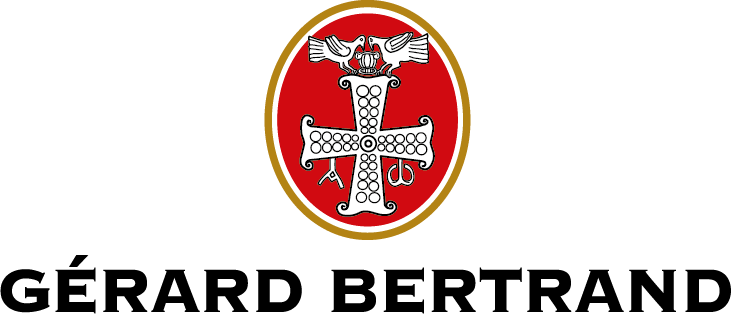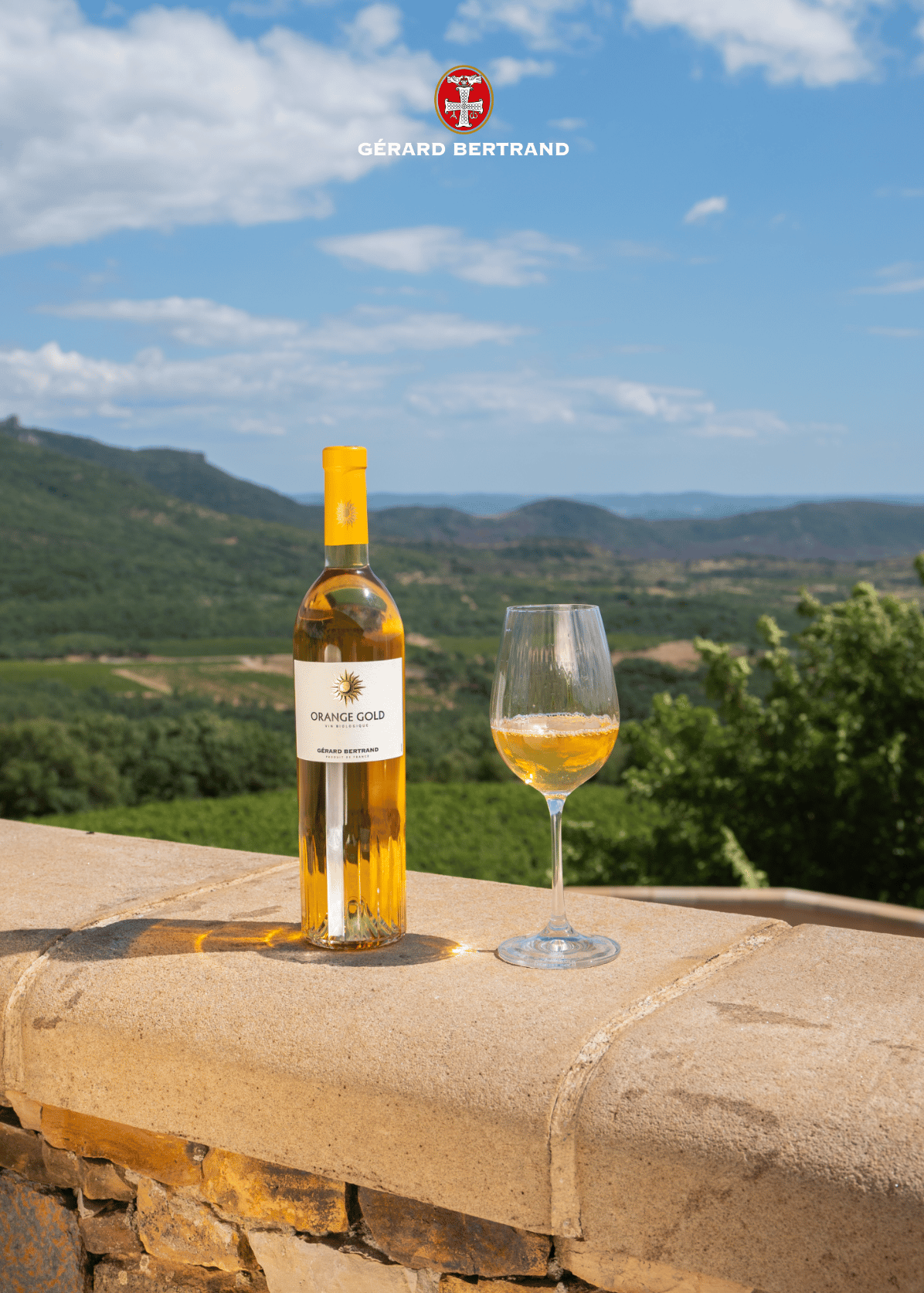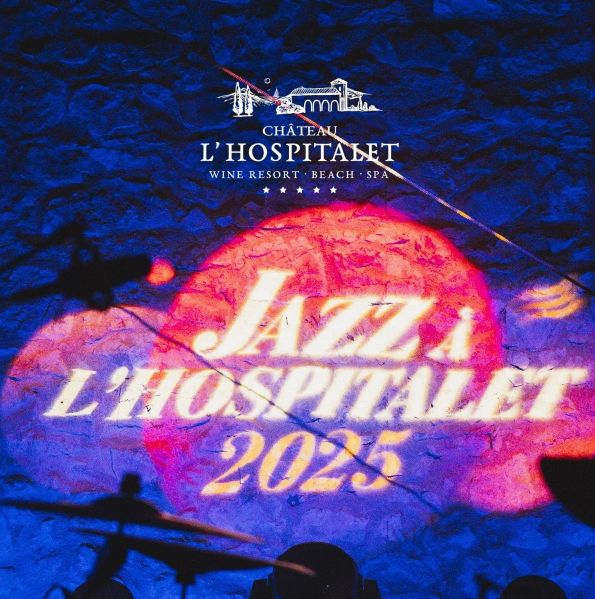The ideal wine in 4 questions
TAKE THE QUIZ


Fruity, light, tangy or floral, rosé is a multi-flavored wine that is increasingly popular in France, especially during the summer season.
Easy to enjoy and particularly refreshing, it's hardly surprising that it's so often served on terraces, by the beach or pool, or at barbecues with friends.
A selection of rosé wines from the South of France produced by Gérard Bertrand

You may sometimes, even often, enjoy a glass of rosé, the refreshing wine that regularly accompanies our outings on the terrace and in the sun!
But do you know how rosé wine is made?
Contrary to popular belief, rosé wine is not the result of blending red and white wines. In fact, we could go even further and say that rosé wine is at the very origin of wine-making. In fact, produced since antiquity, rosé wine is surely the oldest type of wine.
Discover our rosé wine collections from Gérard Bertrand estates and châteaux
So how is rosé wine made?

The production process for rosé wine is very similar to that of red wine, with only the shorter maceration period for rosé wine resulting in a pale pink/salmon color. Rosé wine is made from black grapes with white pulp, such as Pinot Noir, Grenache, Syrah, Mourvèdre, Carignan, Cinsault or Malbec.
This is particularly true of the Or & Azur rosé collection, an AOP Languedoc cuvée designed by Gérard Bertrand, with AB (organic wine) and Bee Friendly (preservation of pollinating insects) labels, produced from Grenache and Cinsault grapes. If you didn't know, very few black grapes have colored pulp. These belong to the category of grape varieties known as "teinturiers".
The pale pink color of rosé wine is obtained from the grape skins, not the flesh. It is during pressing and maceration, when the grape juice comes into contact with the skins, that it changes color. Thus, the longer the maceration, the more intense the color, approaching red.
Once the coloring and maceration phase has been completed, the fermentation phase begins. Fermentation allows the sugars to be transformed into alcohol by the action of yeasts, either naturally present or added by man. Finally, before bottling, the wine is aged in oak barrels for top-of-the-range rosés, or in stainless steel tanks.
Ageing is a very important phase in the rosé wine-making process. It's during this phase that the aromas and structure of the wine are developed. After devatting, comes the final stage of bottling, which is, as its name suggests, the bottling of the wine, and will be closed by a cork or screw cap.
Now you know how rosé wine is made!
All that's left is to find out which are the best rosé wines to make the right choice!
To find out more about the different types of wine :
Gérard Bertrand Group presentation:

4,500 years ago, in the heart of Georgia, an astonishing, intense, bold wine was born: orange wine. Long in the shadows, it is now back in the spotlight. At ...
Leer más
When the heat sets in, certain wines are the obvious choice. Gris Blanc, the timeless rosé that celebrates its 20th anniversary this year, continues to appeal to lovers of freshness. Alongside it, L...
Leer más
Every summer, in the heart of the Languedoc region, a unique event transforms a winery into an open-air stage: the Jazz à l'Hospitalet festival, founded by Gérard Bertrand. More than just a...
Leer más